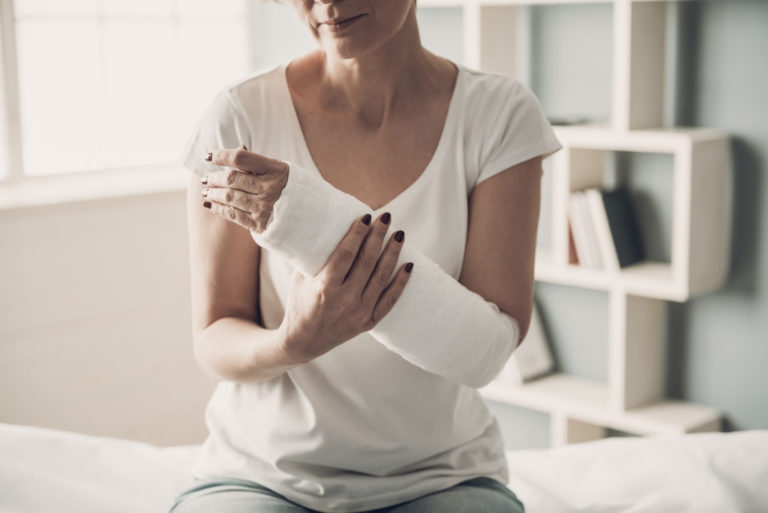Did you know that a study in 2019 revealed that at least 76% of deaths from preventable injuries occurred in homes? Meanwhile, at least 39,000,000 suffered from injuries that they needed to see the doctor or visit the hospital for. Could this mean that houses are homicidal maniacs out to get their occupants?
That’s quite a comical way to view it. Still, it’s more about the lack of safety precautions installed around homes rather than a possible murderous disposition coming from a building. Let’s explore common injuries and accidents that occur in your home and how to prevent them.
The Trip and Fall
A trip or a fall can easily send you to the ER and give you possibly one of the worst days of your life. Broken bones such as wrist, arm, ankle, and hip fractures can occur due to falls. Head injuries, especially, are more significant risks you can suffer from as a result of falling. These can be life-threatening, mainly if the person is on certain medications (like blood thinners).
According to the Home Safety Council, the leading cause of unintentional home injury or death is falling, which claims nearly 6,000 lives each year. And where do most of these people succumb to their deaths? In the bathroom, specifically in the bathtub or shower, where more than two-thirds of all accidental injuries occur. The bulk of them happens as people exit the tub or shower.
While older folks made up most slip and fall victims, those who were hurt in the bathroom were of all ages. The thing is, this is so easy to prevent. Just invest in fall-preventing bathroom safety rails, and you’re good to go.
The Cut
A cut is nothing to worry about until you suddenly have to deal with a wound or blood infection. And unfortunately, if you have comorbidities like diabetes, a cut can quickly transform into gangrene, and eventually, you might have to amputate the affected part of your body. Cuts are among the most common injuries that happen in homes. They can be caused by blunt and crushed objects or tear the skin and pointed things that are sharp-edged that slice through or pierce the tissues of your skin.
This is why you need to be more organized with your things because millions of items inside your house can cut you. But if you can be just a tiny bit more organized, you can benefit from the reassurance that your home won’t be able to miss you, and at night, you can sleep better. In addition, it helps you embrace a healthier lifestyle. So, how do you do this?

The first and most crucial step is to keep all of your sharp utensils inside drawers or cabinets with installed safety latches. This means you have to hide your scissors, forks, knives, or any other form of sharp weapons you may be keeping in your house. This is also important to protect younger family members, and you don’t want your kids to play with these dangerous items.
If you have glass objects, things like drinking and wine glasses, or bowls, place them somewhere the kids won’t be able to reach. These items can fall and quickly turn into millions of shards. Although they may be beautiful and functional, they can be harmful too.
Finally, appliances with sharp blades (such as blenders or food processors) should be kept out of reach or in a locked cabinet.
The Burns
Nearly 500,000 people suffer from burn injuries in the U.S. every year; about 72 percent of those incidents happen at home. Again, your home is not trying to burn you, but you have to become more careful around the house. Especially since burns can be the start of bacterial infection, and in some cases, they can cause problems in breathing due to inhalation of smoke or hot air. So they’re not only slighting painful or annoying, but they can be dangerous.
How do you get burns in your own house, anyway? Well, for starters, it’s extremely common to get burn under the shower in the same way that people burn their tongue with their first sip of coffee. So you might want to check the water before you come in and remember that your skin doesn’t like scalding hot.
In addition, you might want to avoid spills from hot beverages by being more careful around them or by using anti-spill containers.
The bottom line is that your house is safe when you make it safe. And the secret lies in your habits and investment. Try to assess your behavior when using particular items in the house and practice more caution. In addition, teach the rest of the family the importance of being careful, especially around dangerous things. You may even want to baby-proof the house if you have a little one running around. No home will ever try to kill you, but your negligence and complacence might.

